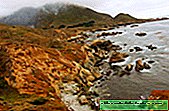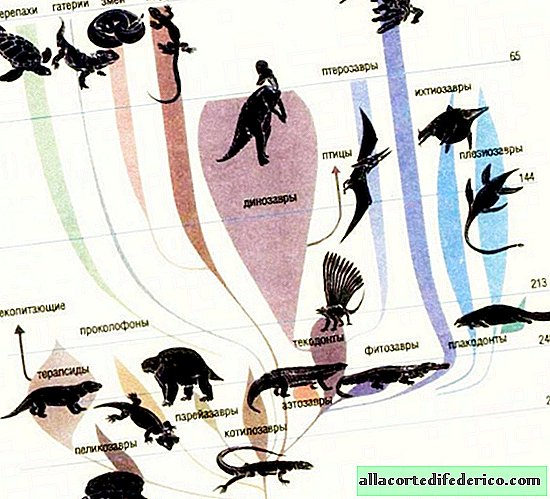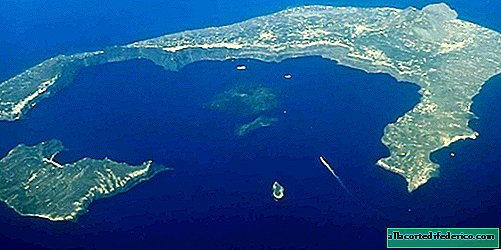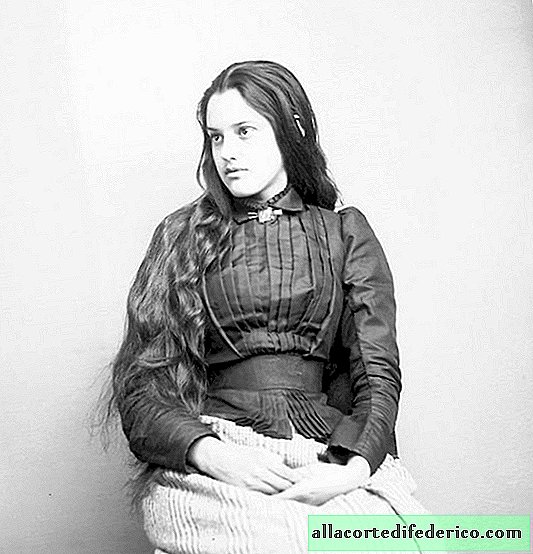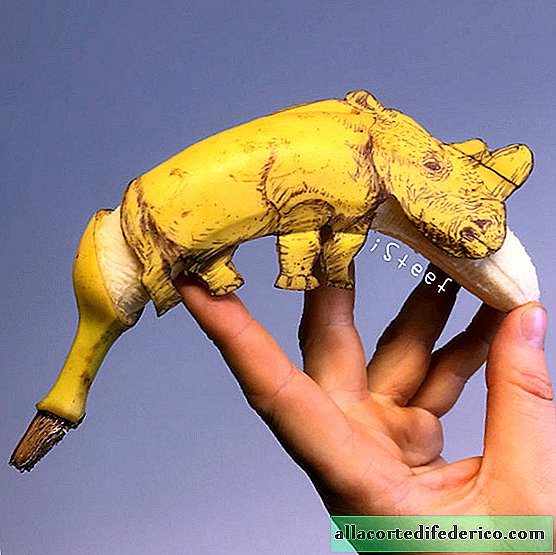How monks helped invent the sign language that is used all over the world today
Vows of silence and religious beliefs forced European monks and clergy 500 years ago to seek new methods of communication. Vows by vows, but somehow it was necessary to express oneself.
For several millennia before, almost throughout the history of mankind, people with hearing impairment lived in constant isolation. For a long time, mankind believed that language can only be learned by ear. The ancient Greek philosopher Aristotle, for example, argued that "deaf people in all cases are stupid, because they are uneducated." According to Roman law, people born deaf were deprived of the right to sign a will because "it was assumed that they did not understand anything, because it was impossible for them to learn how to read or write."
The departure from this belief began in the Renaissance. The first person to be credited with creating an official sign language for people with hearing impairment was Pedro Ponce de Leon, a 16th-century Benedictine monk from Spain.
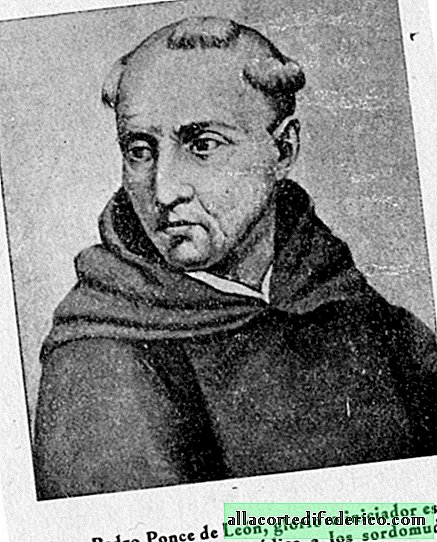 Pedro Ponce de Leon
Pedro Ponce de LeonHis idea of using sign language was not new. Native Americans used gestures to communicate with other tribes and trade with Europeans. Benedictine monks used gestures to convey messages during long periods of silence.
Inspired by the successful practice of using sign language in the monastery, Ponce de Leon adapted them to create a method for teaching the deaf to communicate and communicate, thereby taking a great step in the history of mankind. He paved the way for the current educational system. Many aristocrats who raised deaf and dumb children gave them to him for education. After some time, the monk taught them not only Spanish, but also Latin and Greek.
Drawing on the work of his predecessor, another Spaniard, priest and linguist Juan Pablo Bonet continued to study new methods of communication.
 Juan Pablo Bonet
Juan Pablo BonetBonet criticized some of the cruel methods that were used to get deaf people to say: "Sometimes they are put in barrels in which the voice is made and heard. These violent measures should never be used again.".
 Bonet Alphabet
Bonet AlphabetThe first step in this process was what he called the "finger alphabet," a manual system in which the right hand made shapes, depicting each letter. This alphabet is very similar to the modern alphabet of sign language. It was based on a musical notation system created by the Italian monk Guido d'Arezzo in the Middle Ages to help singers perform musical works from a sheet. The deaf had to learn to associate each letter of the alphabet with a phonetic sound.
Bonet's approach combined the use of sounds to communicate with sign language. The system had its own problems, especially when learning words denoting abstract concepts. Nevertheless, his rules and the "finger alphabet" formed the basis of several national systems for teaching the deaf: Italian, French, American.
In 1755, the French Catholic priest Charles-Michel de l'Eppe created a more universal teaching method.
 Charles Michel de l'Eppe
Charles Michel de l'EppeThis led to the creation of the first public school for deaf children - the Paris National Institute of the Deaf. Students came to this institution from all over France, introducing their signs and ways of communicating with each other, which they are used to at home.
L'Eppe adapted it all, studied the works of his predecessors and added his own alphabet. He insisted that sign language should be a full-fledged language, its system was quite complex and included prepositions, conjunctions, and other grammatical elements. Charles Michel created 21 educational institutions for the deaf. His system became so popular that it spread around the world.
The system of Russian sign language and American refers to French sign language.
So, thanks to the irresistible desire of the monks during the vows of silence to throw an extra word, a system appeared that allowed people with disabilities to get accessible spoken language in all its diversity. Moreover, many modern sign language rules have their regional characteristics. Thus, sign language tries to express the complexity and diversity of shades of national languages.


